AI's Uncertain Future in Source Engine Modding: A Modder's Perspective on Valve's Updated Workshop Agreement Hey XenGamer faithful!

Hey XenGamer faithful! MapDoc here, back from MapDoc's Source Lab. For years, I've been knee-deep in the trenches of the Source Engine, wrestling with BSP compiling errors, coaxing beautiful lightmaps from notoriously finicky shaders, and generally pushing this engine to its absolute limits. We all love the freedom Source gives us to build, create, and share. That's why I'm coming to you today with some serious concerns about Valve's recent update to the Steam Workshop legal agreement – specifically how it might impact our ability to use AI tools in our modding workflows. This directly impacts games like Counter-Strike: Global Offensive, Team Fortress 2, Garry's Mod, and many others.
The potential of AI is immense, but so is the uncertainty around its use.
These changes, buried within Section 6 ("Content Ownership and Responsibilities") of the agreement, are raising eyebrows and causing genuine anxiety amongst modders eager to leverage the power of AI for asset creation. The core issues revolve around intellectual property, liability, and the commercial use of AI-generated content. Let's break down what's got us worried.
The Devil in Section 6: Content Ownership, Liability, and AI
Valve's updated agreement, as always, emphasizes that we're responsible for ensuring our content doesn't infringe on anyone else's intellectual property rights. Fair enough, right? We've always known that ripping assets from other games is a no-no. But things get murky when we introduce AI into the mix.
Here's where the ambiguity creeps in:
- Ownership of AI-Generated Content: When we prompt an AI to create a texture or a model, who actually owns that creation? Does Valve consider it an original work, or a derivative of the AI model's training data? The agreement is frustratingly silent on this crucial point. This is huge for those of us using tools like Stable Diffusion (especially with ControlNet to get seamless tiling textures perfect for CS:GO maps!) or Midjourney for creating killer concept art that we then painstakingly translate into 3D props.

Section 6 is under the microscope. We need clarity from Valve.
Liability for Copyright Infringement: This is the big one that keeps me up at night. Let's say an AI model, trained on a massive dataset (which might include copyrighted stuff, possibly without proper licensing), inadvertently generates an asset that resembles copyrighted material. Who's on the hook? The modder who typed in the prompt? The AI company that trained the model? Valve? The agreement throws us into the deep end without a life raft. The very real possibility of receiving takedown notices or facing legal action even when trying to do things right is chilling. I can see weapon skin artists in CS:GO and character modelers for GMod being especially worried about this.
Commercial Restrictions: Can we even sell mods containing AI-generated assets? The agreement implies it's okay as long as the content is original and doesn't infringe on copyrights. But, as we've established, the definition of "original" in the age of AI is incredibly fuzzy. Are we setting ourselves up for disaster by investing countless hours into a commercial mod, only to have it pulled from the Workshop due to some unforeseen AI-related copyright snafu?
The Community's Concerns: Fear and Uncertainty
I've been talking to fellow modders, reading the forums, and the sentiment is clear: fear. People are genuinely worried that their mods will be unfairly flagged for takedown, even if they're using paid licenses for AI software. The fear of unwarranted moderation is a huge blow to creativity. There's a perception that even heavily edited AI assets may not be deemed "original" enough, leading to unjust penalties.

The AI revolution is here, but the legal framework isn't.
Take the rise of AI-powered UV unwrapping tools for example. These can save hours of tedious work, especially when dealing with complex models. But what if the AI's algorithm is based on existing unwrapping patterns? Does that make the result a derivative work? The lack of clarity is crippling innovation.
A Call to Action: We Need Clarity
We're not asking for Valve to ban AI. We're asking for clarity. We want to embrace these new tools responsibly, but we can't do that without a clear understanding of the rules. That's why I'm urging Valve to take the following steps:
- Issue a Detailed FAQ: Give us specific answers to the questions I've raised above. Provide concrete examples of what's considered acceptable and unacceptable use of AI in asset creation.
- Consult with the Modding Community: This isn't something Valve can solve in a vacuum. They need to engage in open dialogue with modders, AI experts, and legal professionals to develop a policy that's both fair and practical. A community advisory board could be an invaluable resource.
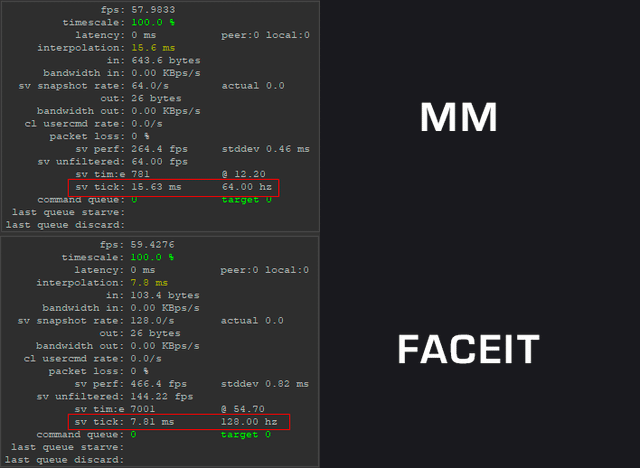
Collaboration is key! The modding community needs to work together.
- Clarify the Enforcement Process: Explain how Valve will identify and address potential copyright infringements involving AI-generated content. Detail the steps involved in the appeals process. We need to know how we can defend ourselves against potentially false accusations.
And for us, the modding community, we need to step up too:
- Document Your AI Usage: Keep meticulous records of the AI tools you're using, the prompts you're entering, and the modifications you're making to the AI-generated assets. This is our best defense against potential copyright claims. Think of it like a lab notebook, documenting every step of the creation process!
- Provide Constructive Feedback to Valve: Make your voices heard! Participate in discussions on the Steam Workshop forums and submit your concerns through official channels.
- Share Your Knowledge: Let's help each other navigate this complex legal landscape. Share your experiences, insights, and best practices. Let's build a community-driven resource to help everyone stay informed.
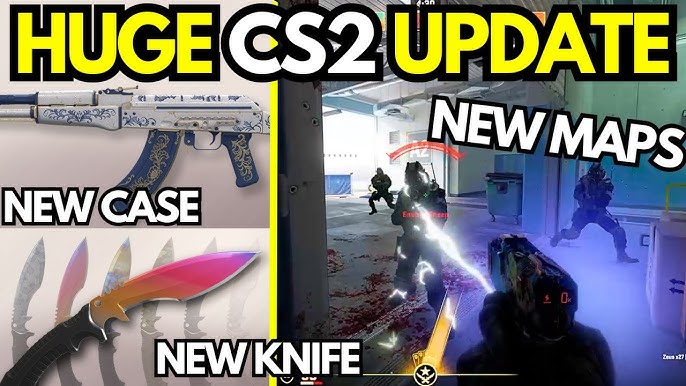
Documentation is crucial to protect your work!
The Future of Source Modding: A Crossroads
We stand at a crossroads. AI has the potential to revolutionize Source engine modding, allowing us to create assets and experiences that were previously unimaginable. But without clear guidelines and protections, these new tools could become a source of anxiety and legal headaches. Let's work together to ensure that AI empowers creativity, rather than stifling it. Let's push Valve to provide the clarity we desperately need. The future of Source engine modding depends on it.
Keep your brushes sharp and your compiles clean!
-MapDoc

The future is bright, but we need to navigate it carefully.
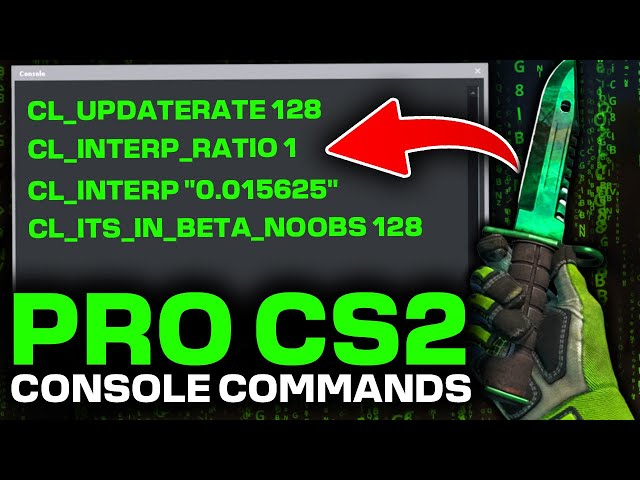
AI integration shown in a level creation mockup screen.
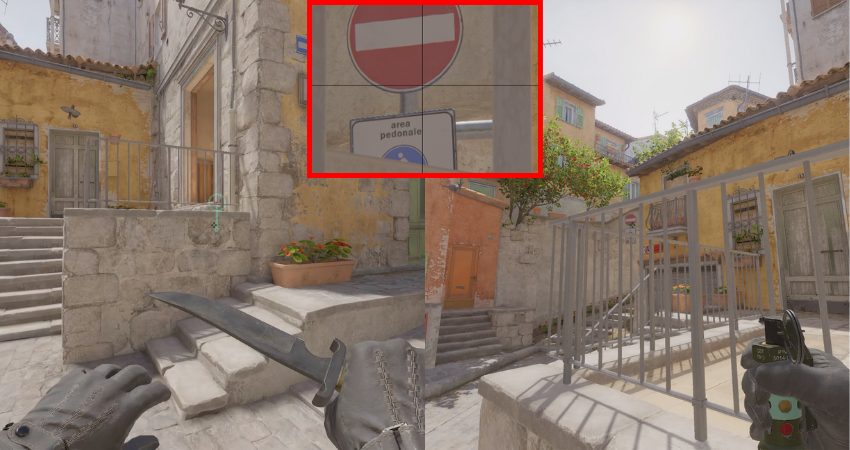
A collection of urban decay assets generated with AI.
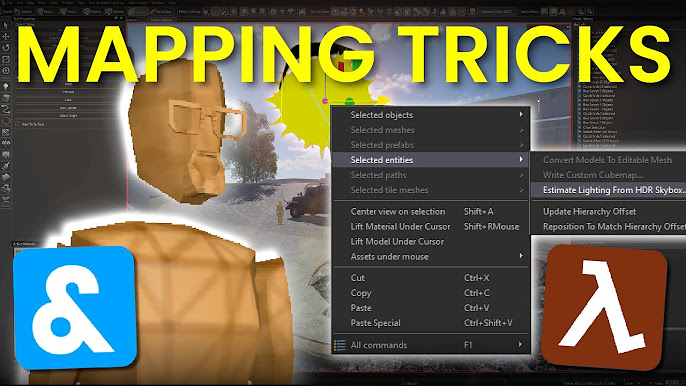
Futuristic weapon designed using AI for Counter-Strike: Global Offensive.

Concept to reality through AI in Garry's Mod.